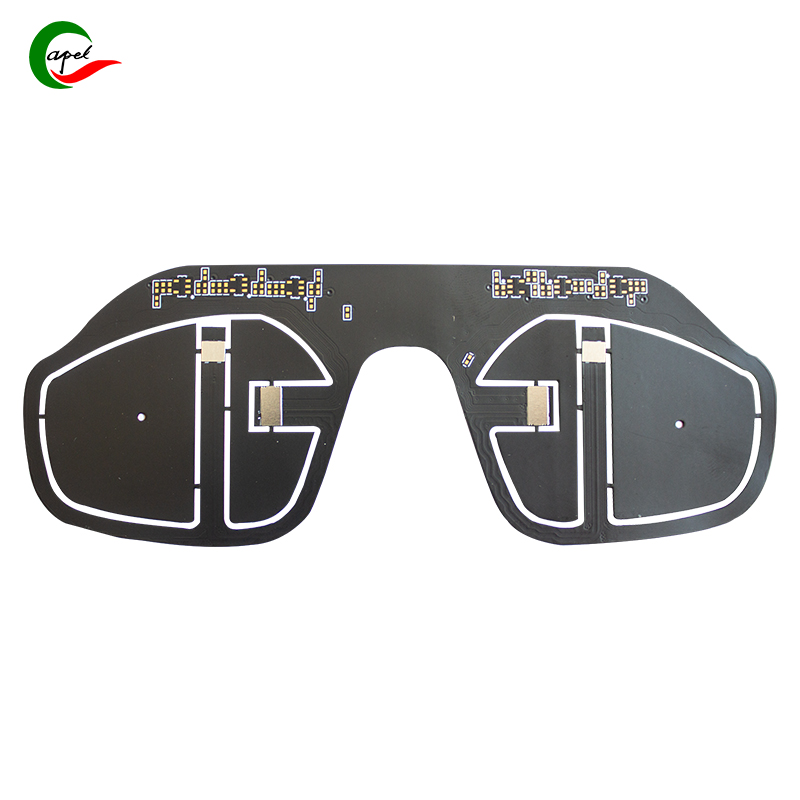Introduce:
Prototyping a printed circuit board (PCB) with high-speed data communications capabilities can be a daunting task. However, with the right approach and knowledge, it can also be an exciting and rewarding experience. In this blog post, we’ll explore the step-by-step process of prototyping a PCB that can effectively handle high-speed data communications.
Learn about the requirements:
The first step in prototyping a PCB with high-speed data communications is to clearly understand the requirements. Consider factors such as the required data transfer rate, the protocols and standards that will be used, and the noise and interference the circuit needs to withstand. This initial understanding will guide you through the process.
Choose the right components:
To ensure high-speed data communication, it is crucial to select the correct components for the PCB. Look for components with high frequency response and low jitter. It is important to review the datasheet and specifications carefully to ensure they meet your requirements. Additionally, consider using advanced components such as high-speed transceivers or serializers/deserializers (SerDes) to improve performance.
Design PCB layout:
PCB layout plays a vital role in achieving high-speed data communication. Pay attention to signal integrity, length matching and impedance control. Use techniques such as differential signaling, stripline routing, and avoiding sharp bends to minimize signal distortion and crosstalk. Additionally, consider using ground and power planes to enhance overall performance and reduce electromagnetic interference (EMI).
Simulation and Analysis Design:
Before proceeding with prototype development, the design must be simulated and analyzed. Use software tools such as SPICE (Program for Integrated Circuit Emphasis Simulation) or an electromagnetic simulator to verify the performance of your design. Look for any potential issues such as signal reflections, timing violations, or excessive noise. Making necessary adjustments during the design phase will save time and reduce the risk of failure during the prototyping process.
Manufacturing PCB prototypes:
Once the design is finalized and verified through simulation, the PCB prototype can be manufactured. Design files can be sent to a PCB manufacturing company, or, if you have the necessary resources, you can consider manufacturing the PCBs in-house. Ensure that the chosen manufacturing method meets high-speed requirements, such as controlled impedance manufacturing processes and high-quality materials.
Assembling the prototype:
Once you receive the finished PCB prototype, you can assemble the components. Carefully solder each component to the PCB, paying special attention to sensitive high-speed signal traces. Use proper soldering techniques and make sure your solder joints are clean and reliable. Following industry best practices and standards will help avoid potential problems such as solder bridges or open connections.
Test and validate prototypes:
Once the PCB prototype is assembled, it needs to be thoroughly tested and verified. Use appropriate test equipment, such as an oscilloscope or network analyzer, to evaluate data communications performance. Test a variety of scenarios, including different data rates, varying loads and susceptible noise sources, to ensure the PCB meets the required requirements. Document any issues or limitations found during testing so that further improvements can be made if needed.
Iterate and refine the design:
Prototyping is an iterative process, and challenges or areas for improvement will often be encountered during the testing phase. Analyze test results, identify areas for improvement, and implement design changes accordingly. Remember to consider signal integrity, EMI suppression, and manufacturing feasibility when making adjustments. Iterate the design and test phases as needed until the desired high-speed data communications performance is achieved.
In conclusion:
Prototyping a PCB with high-speed data communications requires careful planning, attention to detail, and adherence to best practices. By understanding the requirements, selecting the right components, designing an optimized layout, simulating and analyzing the design, manufacturing the PCB, assembling it correctly, and thoroughly testing and iterating on prototypes, you can successfully develop high-performance PCBs for high performance. High-speed data communications. Continuously refine designs and stay updated with the latest technologies and standards to stay ahead of the curve in this ever-evolving field.
Post time: Oct-28-2023
Back







